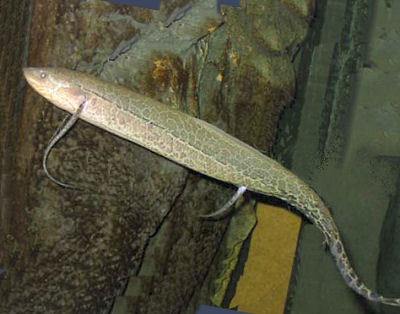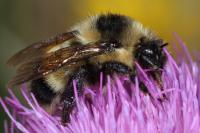
This article is about a new version of the endoscope. The endoscope is ordinarily a small camera or a set of fiber optics attached to some flexible tubing. A new version has been designed to be wireless. "According to Dr. Gabor Kosa of TAU's School of Mechanical Engineering, the project is inspired by an endoscopic capsule designed for use in the small intestine. But unlike the existing capsule, which travels at random and snaps pictures every half second to give doctors an overall view of the intestines, the new "wireless" capsules will use the magnetic field of a magnetic resonance imaging (MRI) machine and electronic signals manipulated by those operating the capsule to forge a more precise and deliberate path." This is much safer then the usaul method that often needs the use of sedatives and always has a risk for injury although this device is new it seems like a prosperous idea. This article was found at:http://www.biologynews.net/archives/2011/12/15/a_fantastic_voyage_through_the_body_with_precision_control.html



















 A male elephant seal, named Jackson, was reported by a team of WCS conservationists that this youn g male traveled 18,000 miles from December 2010, to November 2011. He was tagged in December 2010 off the coast of Chile, and was given a transmitter that reports when swimming upon to the surface that indicates his locations. He swam 1000 miles north, 400 miles west, and 100 miles south. Elephant seals are indicators of ocean health, and provide informations baout the climate in the waters, to which they migrate and swim to other places. This elephant seal's swimming is equivalent of going to New York to Sydney Australia, and back!
A male elephant seal, named Jackson, was reported by a team of WCS conservationists that this youn g male traveled 18,000 miles from December 2010, to November 2011. He was tagged in December 2010 off the coast of Chile, and was given a transmitter that reports when swimming upon to the surface that indicates his locations. He swam 1000 miles north, 400 miles west, and 100 miles south. Elephant seals are indicators of ocean health, and provide informations baout the climate in the waters, to which they migrate and swim to other places. This elephant seal's swimming is equivalent of going to New York to Sydney Australia, and back!




























